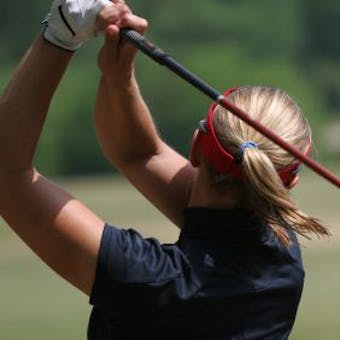What is Sports Focused Physical Therapy?
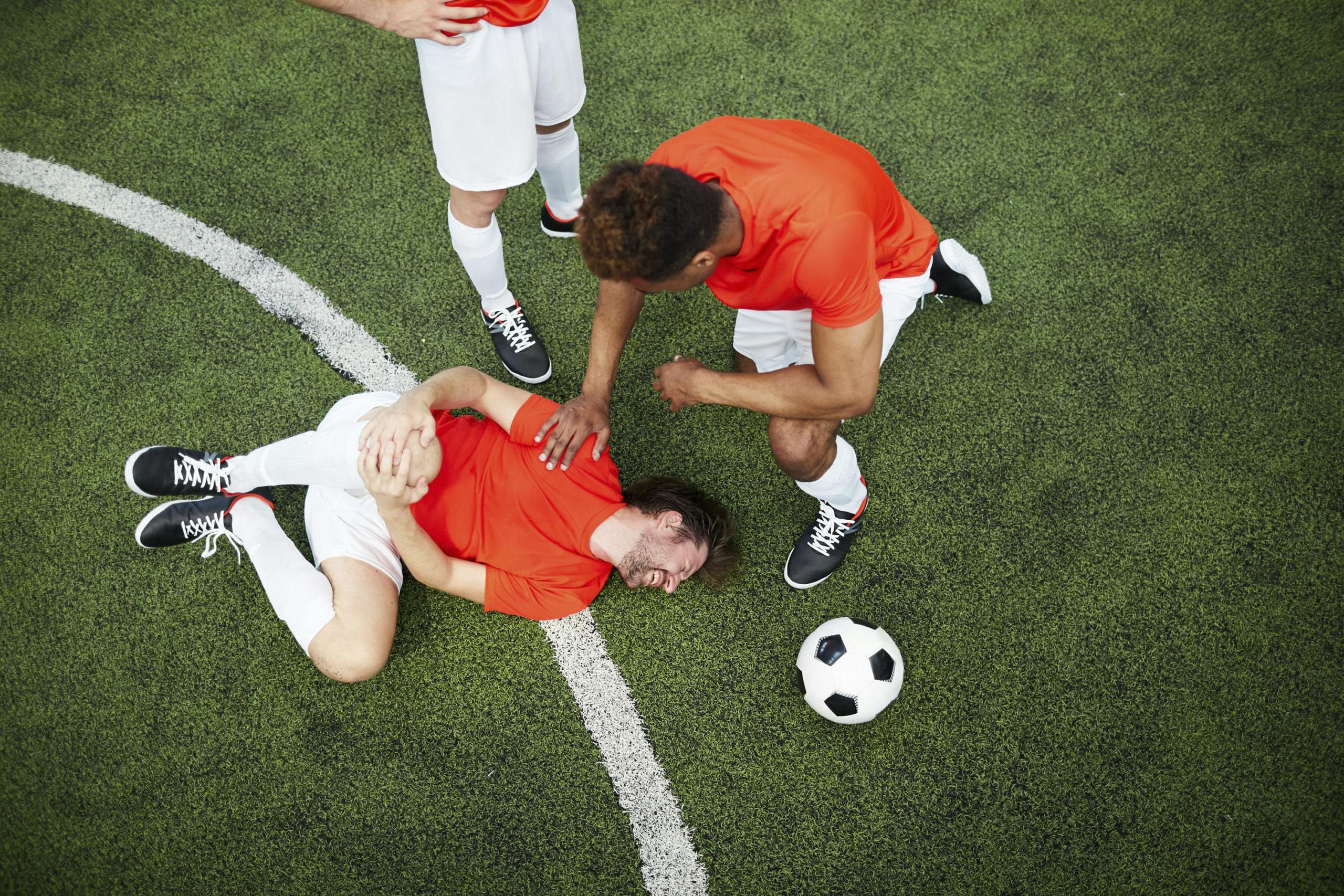
Physical Therapy Crucial to Sports Injury Recovery
Sports injuries have sidelined many athletes for games, seasons, and worse, careers. Injuries are common while participating in organized sports, competitions, training exercises, or fitness activities. Poor training methods, inadequate warm-up, and lack of conditioning are a few of the causes of sports injuries. Injuries can be caused by a combination of those things without necessarily being the only reasons. Fatigue and overuse are also significant contributors to an injury, and not excluding also the psychosocial aspects and dehydration that cause athletes to be prone to injuries.
Sports-Focused Physical Therapy
Coping with sports injuries often requires physical therapy rehabilitation. Physical therapy helps athletes rebuild strength and movement in parts of their body after an injury. Physical therapy can also help an athlete manage pain and prevent permanent damage and recurring problems. Sports Physical Therapy is a specialized practice that focuses on prevention, evaluation, treatment, rehabilitation, and performance enhancement of the physically active individual.
Diamondback Sports Physical Therapy
The expert physical therapists at Diamondback Physical Therapy understand how important it is for athletes to return to their sport and understand the importance of proper healing is from a sports-related injury. Because most of Diamondback’s physical therapists are athletes who went thru their own physical therapy and rehabilitation, they understand the needs and challenges that an athlete faces with injury. This first-hand experience in athletics provides a unique and ground-level perspective for designing the best physical therapy program based on the goals of the athlete. Learn more about Diamondback’s expert physical therapists here.
Care & Treatment of Sports Injuries
Sports Physical Therapists are involved in the care and well-being of athletes including recreational, semi-professional, professional and elite participants. This area of practice encompasses complete athletic injury management under 5 main categories:
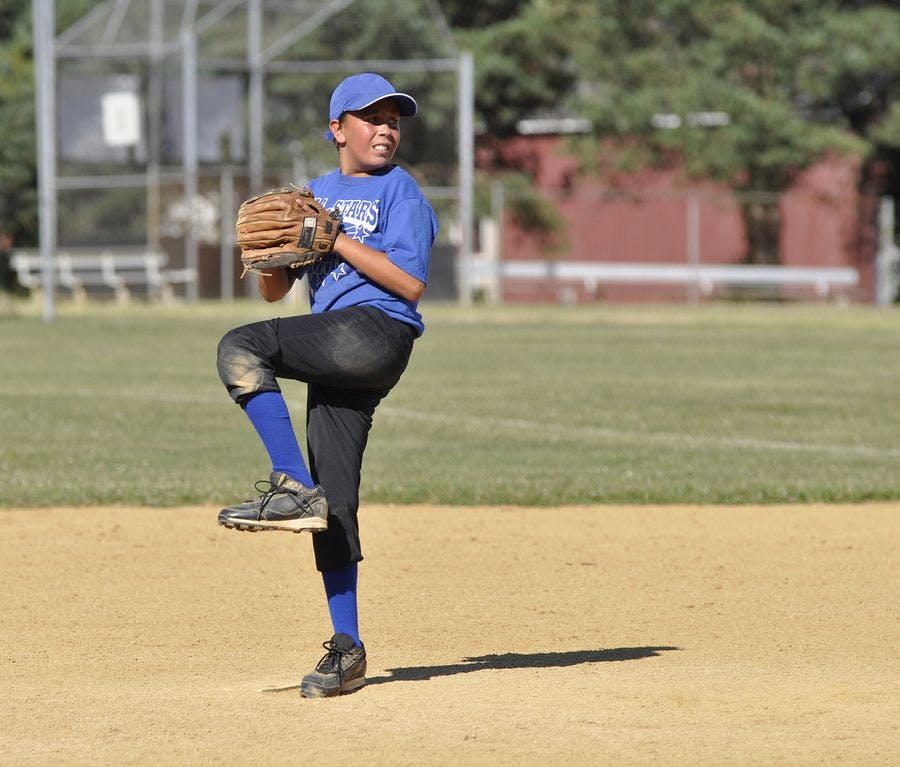
- Acute Care – assessment and diagnosis of an initial injury;
- Treatment – application of specialist advice and techniques to encourage healing;
- Rehabilitation – progressive management for full return to sport;
- Prevention – identification and address of deficiencies known to directly result in, or act as precursors to injury;
- Education – sharing of specialist knowledge to individual athletes, teams or clubs to assist in prevention or management of injury
Common Sports Injuries
According to the National Institutes of Health, the most common sports injuries include sprains, strains, knee injuries, swollen muscles, shin splints, fractures, and dislocations. Below are the most common injuries treated in Sports Physical Therapy rehabilitation.
Tennis Elbow or Golfer's Elbow
Elbow injuries account for 10% of all sports injuries. Tennis elbow (lateral epicondylitis) consists of tendon degeneration in the elbow due to repeated backhand strokes in tennis. However, it is common in any sport with repetitive throwing such as baseball pitching – not only tennis. Tennis elbow causes swelling and pain in the tendons on the outside (lateral) aspect of the elbow that bend your wrist backward away from your palm.
Golf elbow (medial epicondylitis), on the other hand, usually affects the inside (medial) aspect of the elbow, although it can sometimes attack the outside. The pain experienced is a result of an inflammation of the medial epicondyle, the area on the inside of the elbow where the forearm-flexing muscles attach to the upper arm bone (humerus). Golfer's elbow is common in any repetitive swinging motions, not only golf.
Ligament Sprains
Sprains are injuries to ligaments, the tough bands connecting bones in a joint. Suddenly stretching ligaments past their limits deforms or tears them. Muscle sprains are common with weekend warriors to elite athletes and most often occur in athletic activities done without proper warm-ups, without pre-activity stretching, using inadequate equipment, etc. Ankles and wrists are the most common joints involved in muscle sprains.
Muscle Strains (Pulled Muscles)

Strains are injuries to muscle fibers or tendons, which anchor muscles to bones. Strains are called “pulled muscles” for a reason: Over-stretching or overusing a muscle causes tears in the muscle fibers or tendons. Not warming up properly, fatigue, lack of flexibility, and weakness can cause all types of athletes to pull a muscle. The most commonly pulled muscles are hamstrings (especially in sports involving running, such as jogging, basketball and soccer) and calves (particularly in older tennis players). The hamstrings are the muscles behind the thighs; pulling them is painful and can even cause bruising. While these are the most common, athletes can pull many different muscles depending on the sport they are performing.
Groin Strain (Groin Pull)
A strained groin or adductor muscles — the fan-like muscles situated in the upper thigh that serve to pull the legs together — usually happens when suddenly change directions while running, such as in soccer, hockey, basketball, racket sports, football, and volleyball. Symptoms include sharp pain, swelling and sometimes even bruising on the inside of the thigh.
Ankle Sprain
Ankle sprains are very common among soccer, hockey, basketball, and volleyball players. Ankle sprains are almost inevitable in sports that involve jumping, running and turning quickly. These movements can lead to twisting the ankle and even possibly tearing a tendon or ligament. An X-ray can rule out the possibility of a fracture.
Achilles Tendinitis
When the tendon at the back of the ankle — the Achilles tendon — is overused, inflammation and pain can occur, which is known as acute Achilles tendinitis. If this condition is left untreated, it can become chronic and the injury can worsen until it becomes impossible to run. Achilles tendinitis is most common among runners and athletes who participate in sports that involve running or jumping.
Tendonitis
Tendonitis is a common sports injury that often occurs from overuse. Tendonitis can cause deep, nagging pain that is caused by inflammation of tendons. Treating tendonitis consists of rest, medication, physical therapy or changes to equipment or technique.
Delayed-Onset Muscle Soreness (DOMS)
Muscle pain, stiffness or soreness that occurs 24-48 hours after unaccustomed, or particularly intense exercise.
Lower Back Pain
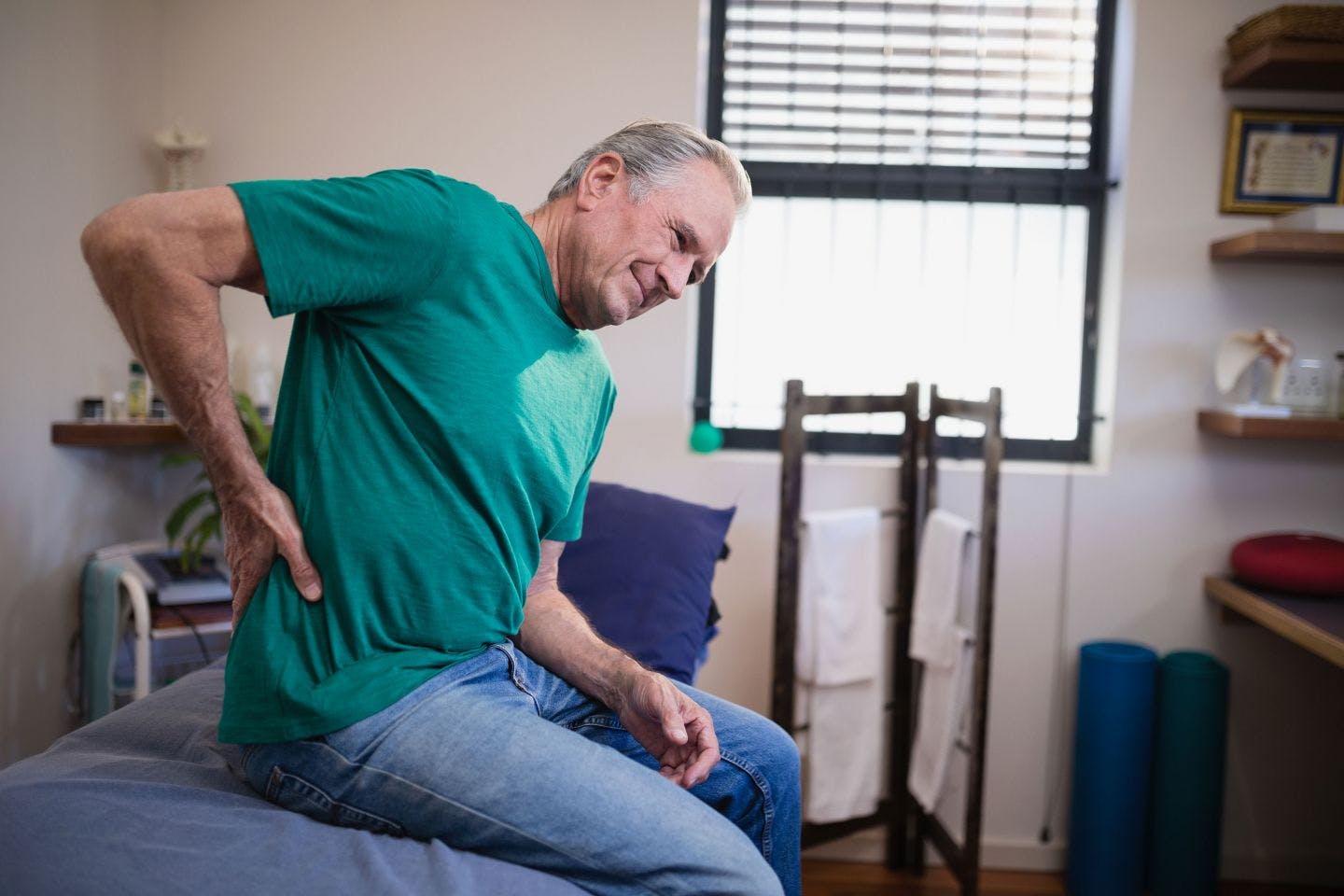
Although lower back pain is much less common among athletes than among sedentary and overweight people, it can affect runners, cyclists, golfers, tennis, and baseball players. While there are many types of lower-back pain — bulging discs, back spasms, and pain reaching down the leg from the lower back, known as sciatica — the most common reason for sports-related back pain is simply improper stretching. In the case of runners, having even the slightest discrepancy in leg length can cause back pain.
Plantar Fasciitis
Plantar fasciitis is the most common cause of pain on the bottom of the foot and heel and usually defined by pain during the first steps of the morning. Plantar fasciitis commonly occurs in running activities and running-intensive sports but also can occur with age and overweight individuals.
Shoulder Injury
About 20% of sports injuries involve the shoulder, including dislocations, sprains and strains. Shoulder injuries are most common in tennis, swimming, weightlifting, baseball, and volleyball — basically, any sport that involves a lot of overhead movement. These problems are generally due to overuse, which loosens the rotator cuff — the group of tendons and muscles that surround the shoulder. Symptoms include pain, stiffness, and weakness and slipping in the shoulder.
Knee Injury or Runner’s knee
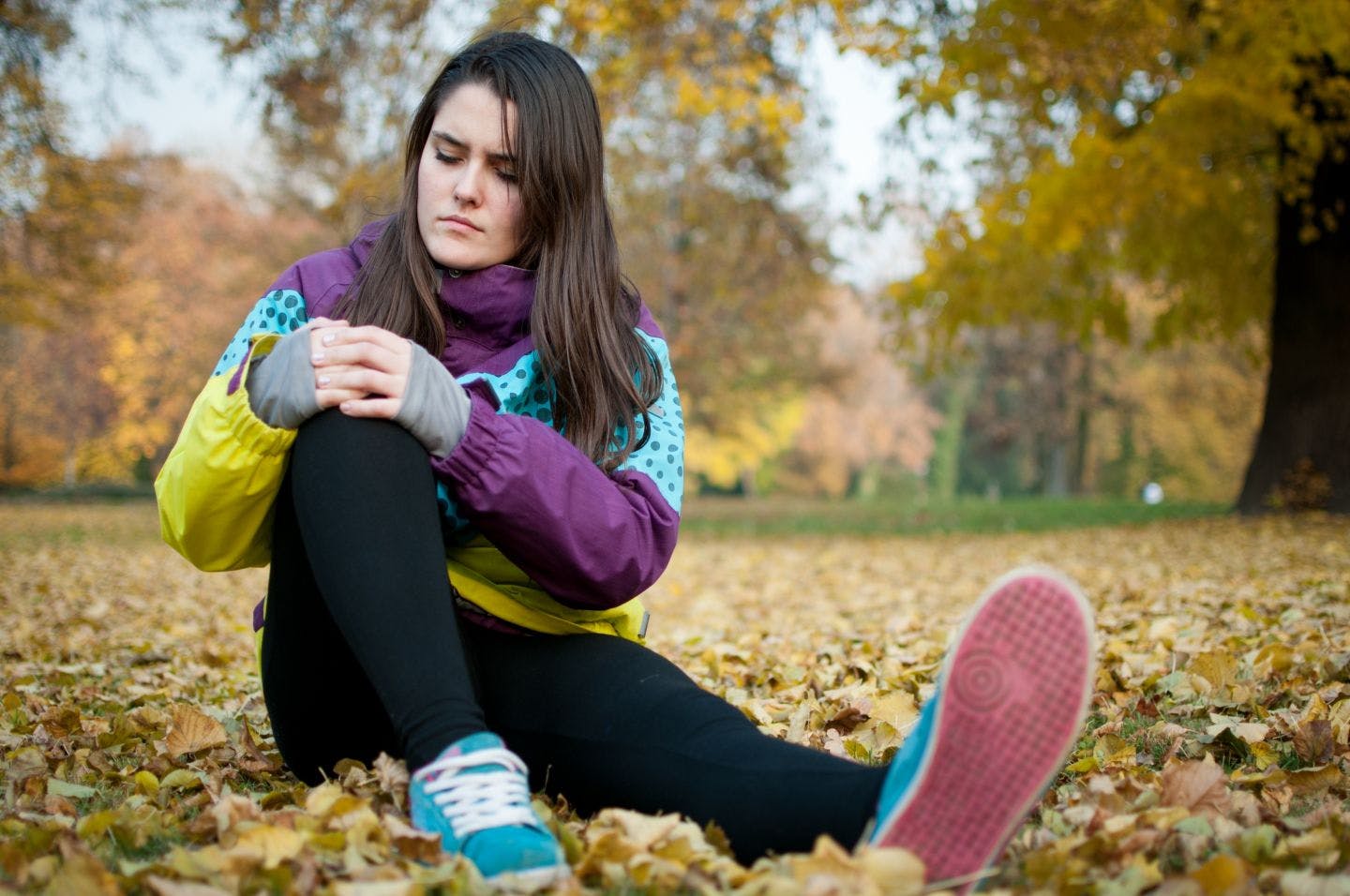
Knee injuries comprise about 50% of all sports injuries and approximately one-fourth of all problems treated by orthopedic surgeons. Although torn ligaments and cartilage are the most common injuries, many knee problems are grouped into the category of “runner’s knee,” which includes a variety of aches and pains related to the kneecap. Runners are not the only victims of such injuries; they also strike cyclists, swimmers, people who practice step aerobics, and football, basketball, and volleyball players.
Runner's knee (also known as Chondromalacia patallae and Patellofemoral Pain Syndrome) is a structural defect or repetitive knee (patella) strain injury that can cause iliotibial band syndrome - pain in the outside (lateral) aspect of the knee - or patellofemoral syndrome - pain in the front (anterior) aspect of the knee. Symptoms include pain, and rubbing, grinding, or clicking sound of the kneecap. Runner’s knee occurs when a structural defect or overuse leads to irritation of the tendon below the kneecap or when the region underneath the kneecap is worn or afflicted with arthritis.
Anterior Cruciate Ligament (ACL) Injuries
An athlete can partially or completely tear an ACL when he or she changes direction rapidly, twists without moving the feet, abruptly slows down or misses a landing from a jump. ACL injuries are common in athletes involved in impact sports such as football, basketball, soccer, volleyball, etc.
Iliotibial (IT) Band Friction Syndrome
Knee pain that is generally felt on the outside (lateral) aspect of the knee or lower thigh often indicates Iliotibial (IT) Band Friction Syndrome. IT band injury is common in activities such as dancing, running, soccer, tennis, etc.


